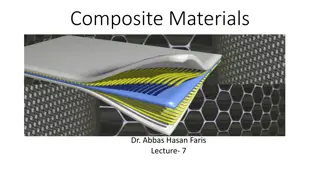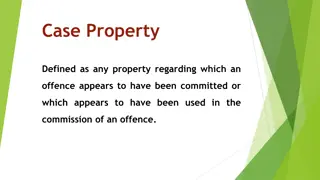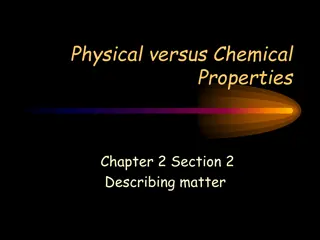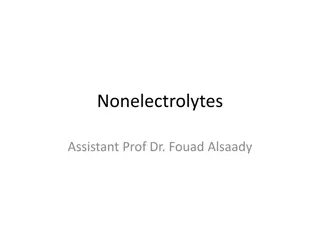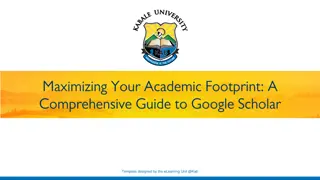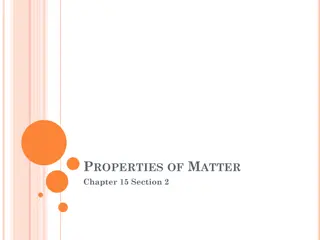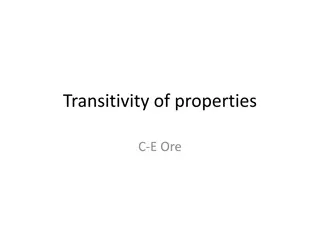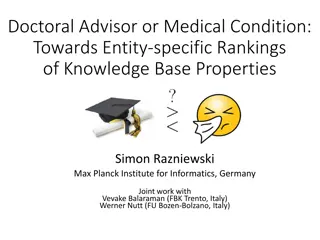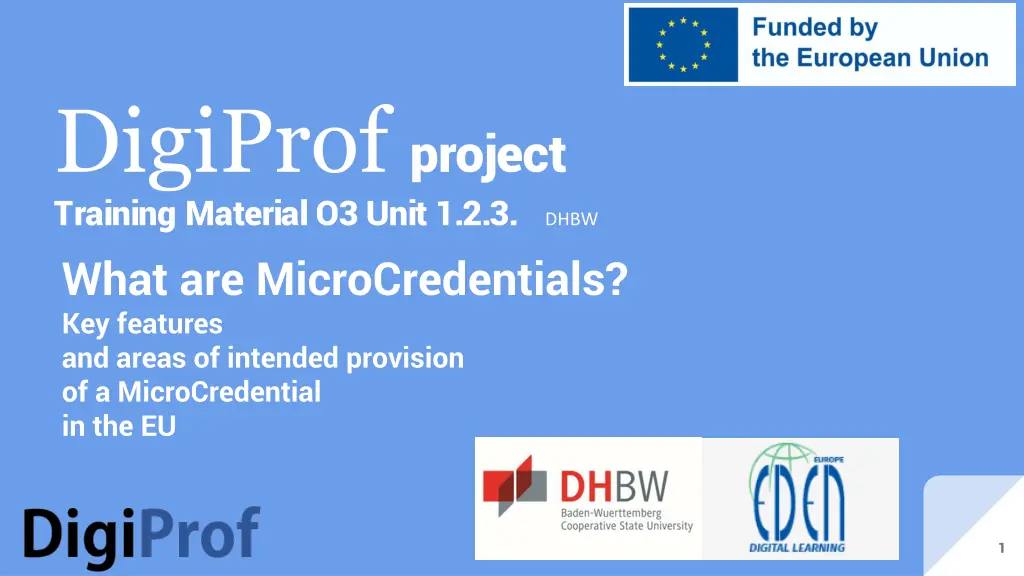
Exploring MicroCredentials and Their Key Features in the EU
Discover the concept of MicroCredentials, their ownership by learners, portability, stackability, and transparent assessment processes as outlined in the EU Recommendation. Explore how MicroCredentials are integrated into education and training systems to enhance learning pathways and support lifelong learning.
Download Presentation

Please find below an Image/Link to download the presentation.
The content on the website is provided AS IS for your information and personal use only. It may not be sold, licensed, or shared on other websites without obtaining consent from the author. If you encounter any issues during the download, it is possible that the publisher has removed the file from their server.
You are allowed to download the files provided on this website for personal or commercial use, subject to the condition that they are used lawfully. All files are the property of their respective owners.
The content on the website is provided AS IS for your information and personal use only. It may not be sold, licensed, or shared on other websites without obtaining consent from the author.
E N D
Presentation Transcript
DigiProf project Training Material O3 Unit 1.2.3. What are MicroCredentials? Key features and areas of intended provision of a MicroCredential in the EU DHBW 1
MicroCredentials are owned by the learner, can be shared and are portable. Properties according to 5 of EU Recommendation They may be stand-alone or combined into larger credentials. from Proposal for a Council Recommendation on a European approach to micro-credentials for lifelong learning and employability -Adoption , May 2022 They are underpinned by quality assurance following agreed standards in the relevant sector or area of activity. https://data.consilium.europa.eu/doc/document/ST-9237- 2022-INIT/en/pdf 2 2022 DHBW
Ability for a credential-holder to store their micro-credentials in a system of their choice, and share the credential with a party of their choice. Portability For all parties in the exchange to be able to understand the content and verify the authenticity of the credentials. Portability between and within ? education system, labour market and across countries https://data.consilium.europa.eu/doc/doc ument/ST-9237-2022-INIT/en/pdf 3 2022 DHBW
Possibility for a credential-holder to combine different microcredentials and build logically upon each other. Stackability Decisions to stack or combine credentials lie with the receiving organization (e.g. HE institution, employer). Stacking does not create an automatic entitlement to a qualification or a degree. Stackability for combining to a more ? comprehensive certificate or for achieving a degree https://data.consilium.europa.eu/doc/doc ument/ST-9237-2022-INIT/en/pdf 4 2022 DHBW
The process or method used to evaluate, measure and eventually describe the learning outcomes acquired by individuals through formal, non-formal or informal settings. Assessment Assessment is performed by the provider or other recognised assessment providers. https://data.consilium.europa.eu/doc/docum ent/ST-9237-2022-INIT/en/pdf Transparent Assessment of acquired ? learning outcomes as agreed standard for MC quality 5 2022 DHBW
Integration of MicroCredentials into both education and training systems and skills policies, e.g.: to improve access to education and training for all learners, including disadvantaged and vulnerable groups, to support flexible learning pathways and the transition from upper secondary or VET to tertiary education and adult education to support integration in degrees or complement degree programmes to improve basic and advanced digital skills and competences of a wider range of learners to support the development of learning for the green transition and sustainable development Areas of provision according to 11 of EU Recommendation from Proposal for a Council Recommendation on a European approach to micro-credentials for lifelong learning and employability -Adoption , May 2022 https://data.consilium.europa.eu/doc/document/ST-9237- 2022-INIT/en/pdf 6 2022 DHBW
Integration of MicroCredentials into employment policies and active labour market policies, e.g.: to upskill and reskill workers for skills and jobs that are in demand on the labour market, in particular in the context of the digital and green transitions, to update and upgrade the skills of self-employed and non-standard workers, including people working through platforms and SMEs, to support the professional development of workers and meet mandatory requirements for upskilling and reskilling in certain jobs and types of work (e.g. for licences, required training and permits). Areas of provision according to 12 of EU Recommendation from Proposal for a Council Recommendation on a European approach to micro-credentials for lifelong learning and employability -Adoption , May 2022 https://data.consilium.europa.eu/doc/document/ST-9237- 2022-INIT/en/pdf 7 2022 DHBW
Comments or Questions? Please contact us for further ideas, questions or remarks on this training material ursula.goez@heilbronn.dhbw.de Training material "Ensuring digital and micro-credentialization of learning as a part of transparent assessment for recognition of learning outcomes" by G z U., Cepauskiene R., is licensed under a Creative Commons Attribution- ShareAlike 4.0 International License 8 2022 DHBW

